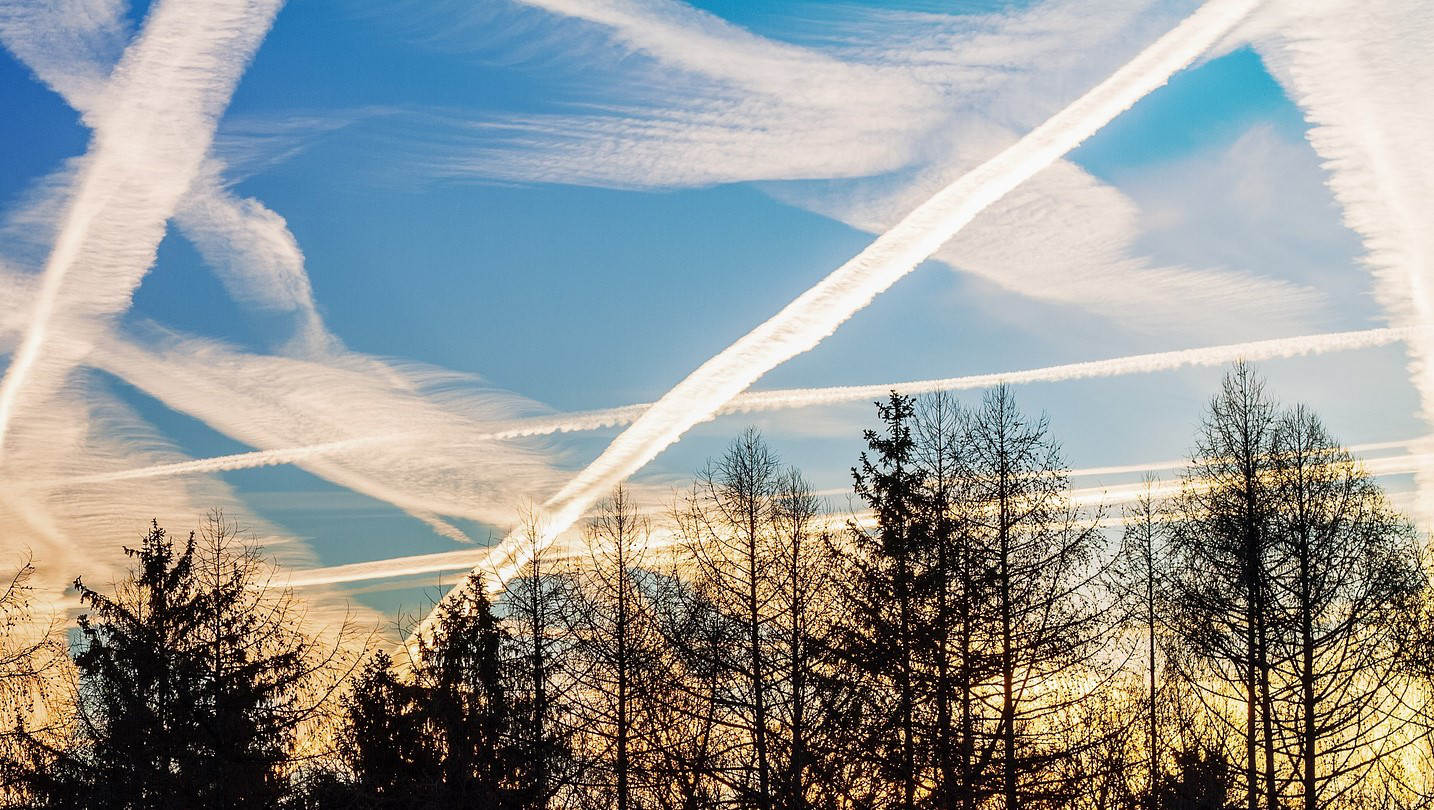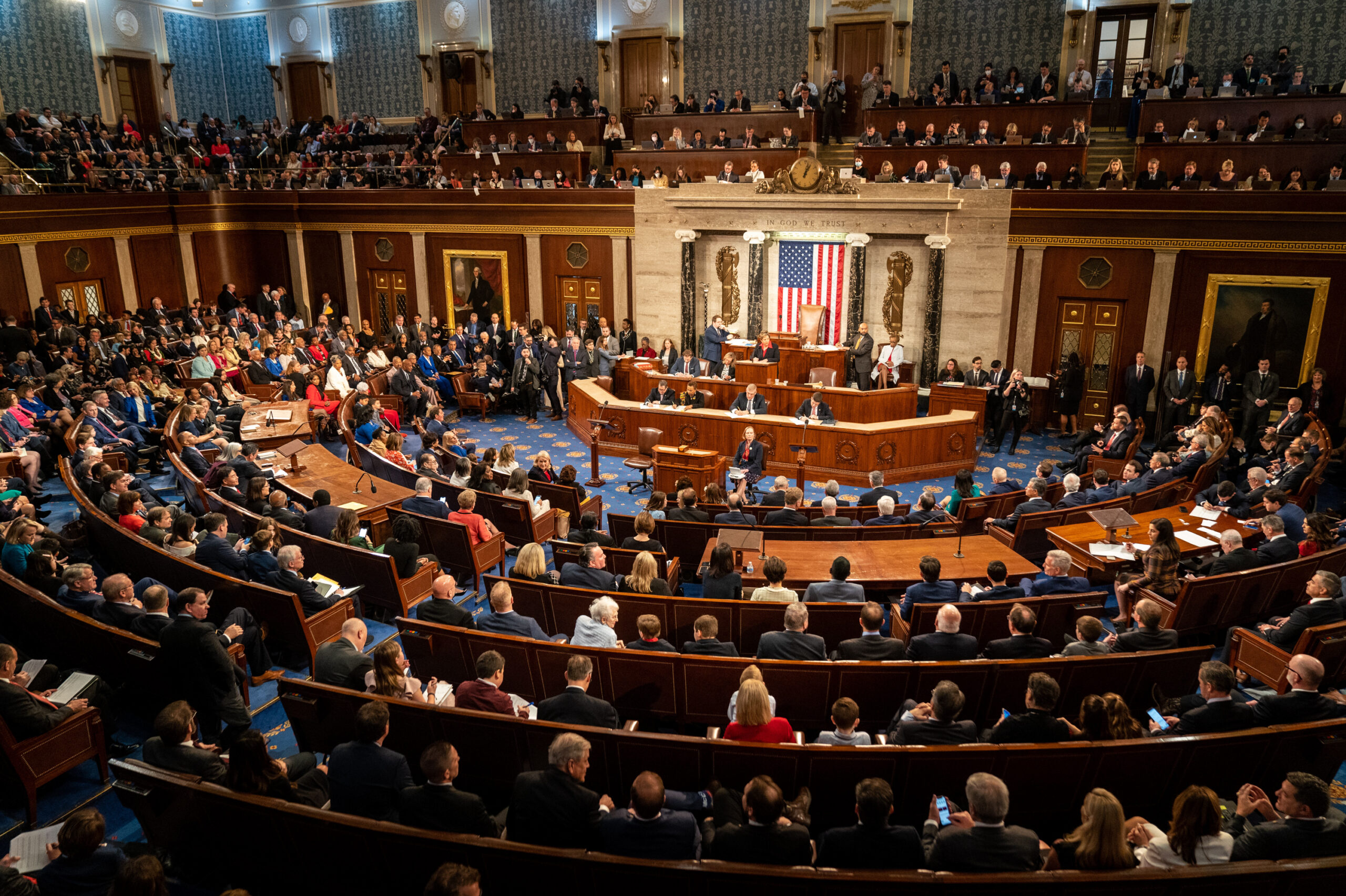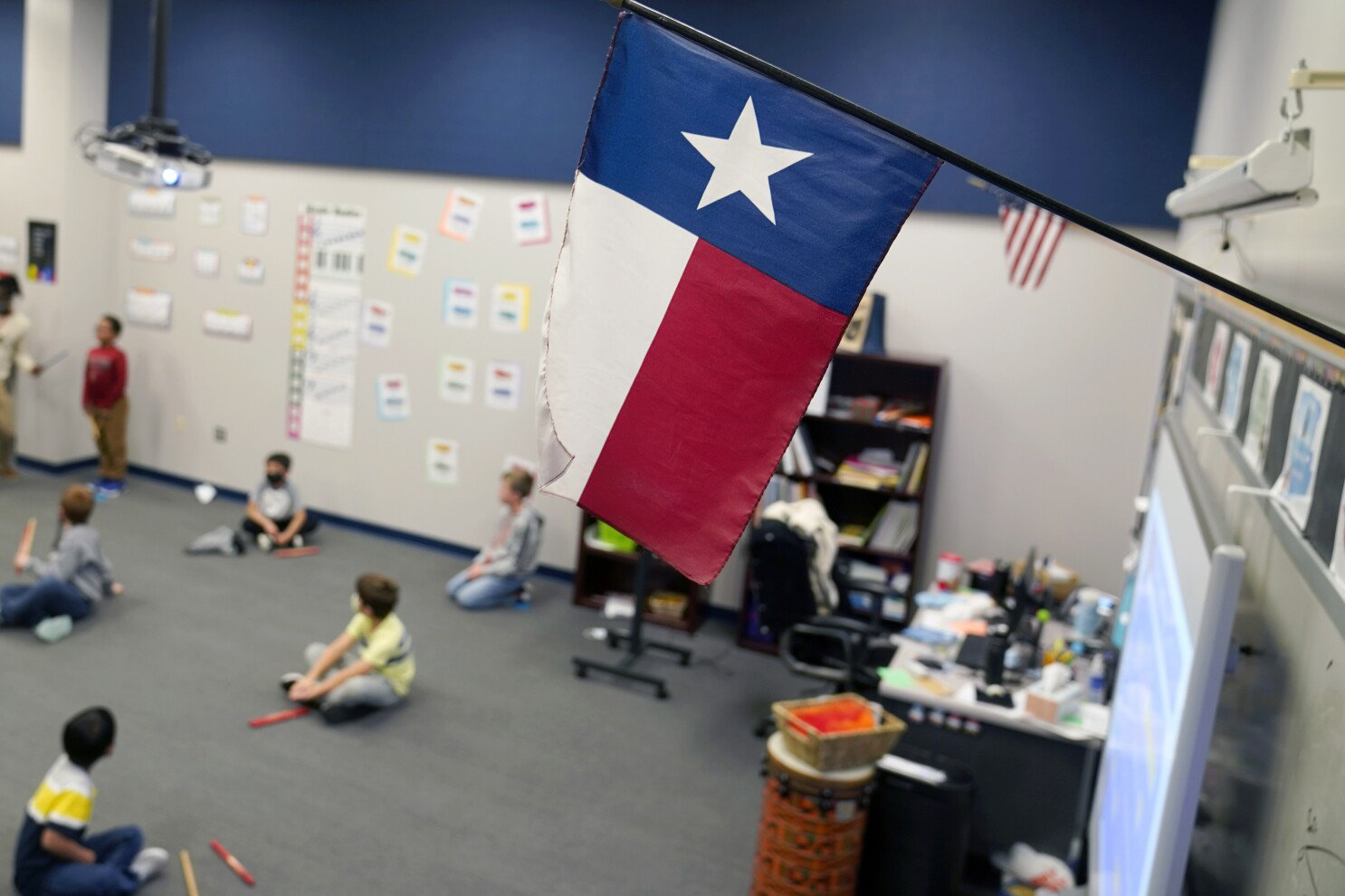NEED TO KNOW
- Louisiana’s House just passed a bill to ban “Chemtrails,” also known as those pesky white lines in the sky.
- The measure stops short of actually punishing anyone, but it requires state agencies to log “chemtrail sightings.”
- State Rep. Kimberly Landry Coates insists the bill is about protecting weather, not just protecting voters from boredom.
- The EPA, NOAA, and anyone with Google all say “chemtrails” are just condensation trails—contrails—from planes.
- Political experts say American politics now rewards “cloud control” over self-control.
Louisiana Declares War on Vapor
Move over, hurricanes. Louisiana lawmakers have found a new threat in the sky. The state House has passed a bill banning “chemtrails”—the white streaks planes leave behind. Supporters call it a victory for weather safety. Skeptics call it a busy week for state employees with binoculars.
Science: “Just Condensation.” Politicians: “Just in Case.”
The EPA and NOAA repeat that those streaks are ordinary contrails. Science says there’s no plot to spray the population with mind-control mist. Lawmakers say, “But what if?”
Reporting Suspicious Clouds Now a Civic Duty
Under the bill, Louisiana’s Department of Environmental Quality must log every chemtrail sighting. Anyone who spots an oddly persistent cloud can now alert the government. Next up: a hotline for reporting clouds that “give you a weird vibe.”
Expert Analysis: Welcome to the Sky Circus
Political scientists blame America’s slide into “cloud-based governance” on the rise of celebrity politicians. If a bill gets people talking—even if it’s about clouds—it gets airtime. One expert called it “the circus of craziness,” but at least it’s outdoors.
What Happens Next?
The bill now floats to the Louisiana Senate. If it passes, expect Louisiana to be the nation’s first state with official cloud police. Residents are encouraged to keep an eye on the sky and try not to panic during sunset.
Quote of the Moment
The president sets the tone, and so far, Donald Trump has encouraged and enabled the circus of craziness.
Mark Shanahan, University of Surrey















